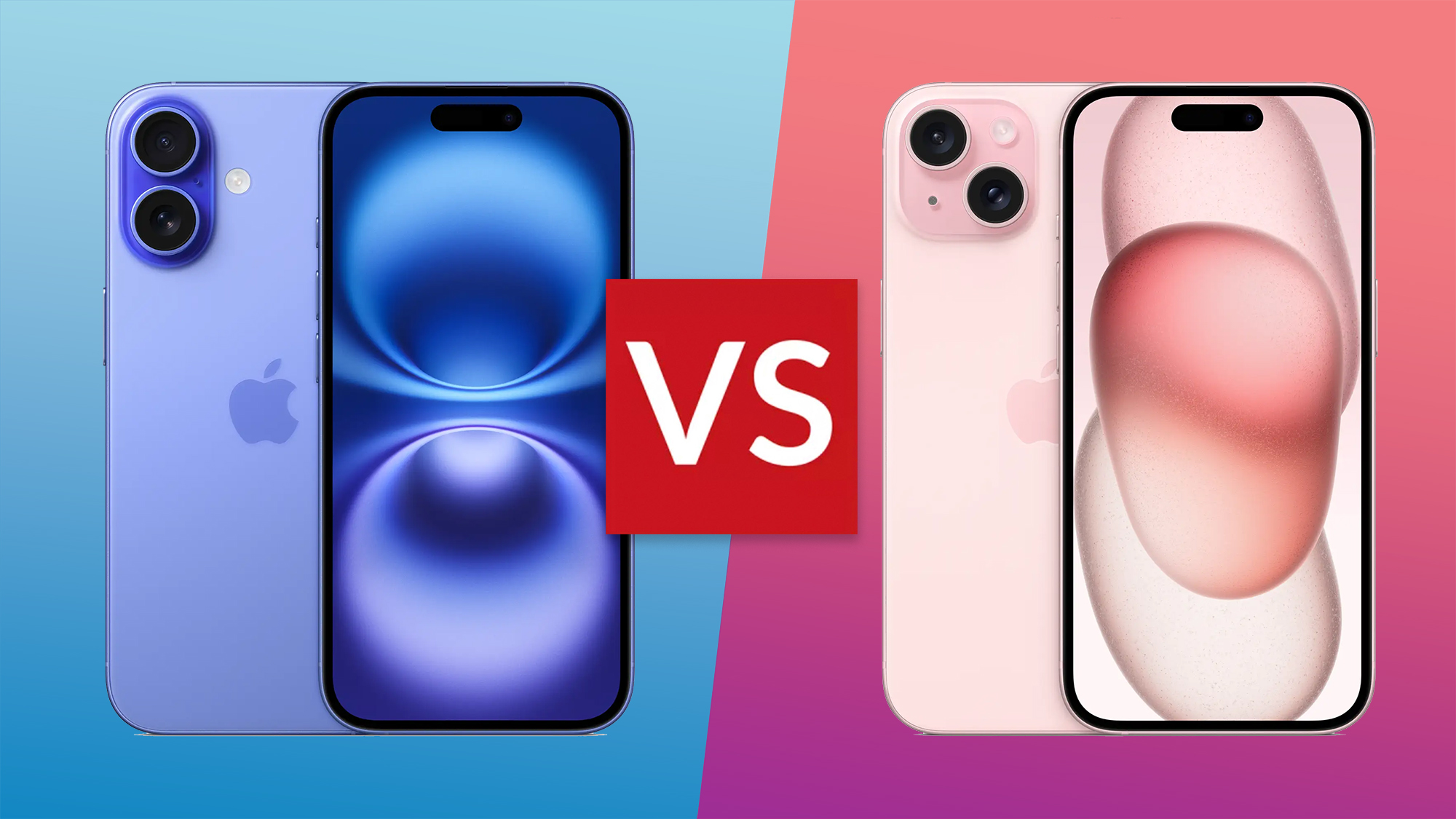

Apple has once again treated us to a huge September hardware launch – featuring the iPhone 16, the Apple Watch 10, the AirPods 4 and more – but as the dust settles, it's worth taking a deeper dive to weigh up just how significant the iPhone upgrades actually are.
Let's not forget that in our iPhone 15 review we gave the 2023 handset a full five stars. Last year's models remain on sale direct from Apple (most of them anyway), and will be in line for an iOS 18 software update too. But there are other features in the 2024 models that are very tempting indeed...
Here, then, are all four iPhone 16 models – standard, Plus, Pro and Pro Max – and how they compare to the four equivalent iPhone 15 models that came before. Here we've cut through the noise to bring you all the salient comparison points on these phones, from battery life to screen size.
iPhone 16 vs iPhone 15
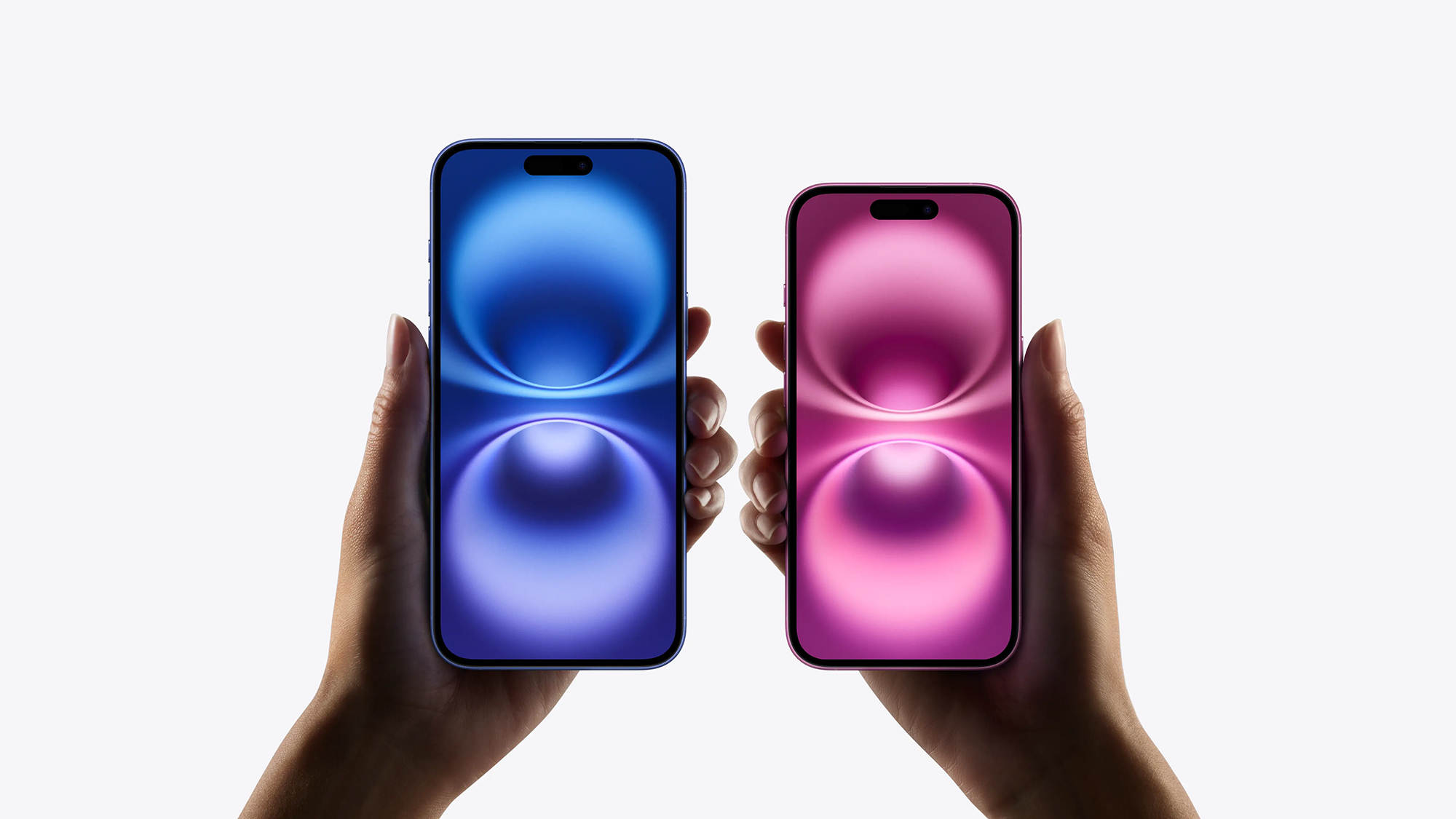
The iPhone 16 Plus (left) and iPhone 16 (right)
Specs: The new A18 chipset inside the iPhone 16 is some 30% faster than the A16 powering the iPhone 15, Apple reckons – and more power-efficient too. Graphics and AI processing get significant bumps, making this a substantial year-on-year upgrade (indeed, it leapfrogs the A17 chip altogether).
The dual-lens rear camera keeps the same 48MP+12MP setup, but is upgraded to let in 2.6x more light, and enable macro photography, Spatial Photo and Spatial Video capture. The 12MP selfie camera remains the same, while the newest Wi-Fi 7 standard replaces Wi-Fi 6.
Design: The 6.1-inch, 2556 x 1179 pixel display is virtually the same on both models, so there's no major screen difference. However, the iPhone 16 gets the Action Button (first revealed on the iPhone 15 Pro range), plus the new Camera Capture button (which features on all four of the iPhone 16 models). The rear cameras, meanwhile, are aligned vertically on the latest iPhone 16 model – that's how Spatial Photo capture is possible for three-dimensional images.
Every colour except black gets changed: Pink, Yellow, Green, and Blue give way to Ultramarine, Teal, (a darker) Pink, and White. The dimensions are the same, though the iPhone 16 is a fraction lighter, and the IP68 rating for water and dust resistance is the same across both phones too.
Sign up to the T3 newsletter for smarter living straight to your inbox
Get all the latest news, reviews, deals and buying guides on gorgeous tech, home and active products from the T3 experts
Features: The iPhone 16 comes with iOS 18 on board, and the iPhone 15 will get the same update – only Apple Intelligence features, including AI art and a smarter Siri, aren't going to be available on the iPhone 15. That explains the leapfrogging in the processor stakes, you see? These AI features will turn up with the iOS 18.1 update – although first in the USA, with the UK and other regions from December or later.
Apple has boosted battery life on the iPhone 16 compared to the iPhone 15: one battery charge will last for around 22 hours of local video playback compared to the 20 hours of its predecessor, while streamed video will last for 18 hours between recharges rather than the previous 16.
- The iPhone 16 costs from £799 / $799 / AU$1,399, while the iPhone 15 was the very same price at launch – but as you can see from the widget embedded above is nowon offer for less, and should cost you around £699 / $699 / AU$1,249 or less.
iPhone 16 Plus vs iPhone 15 Plus
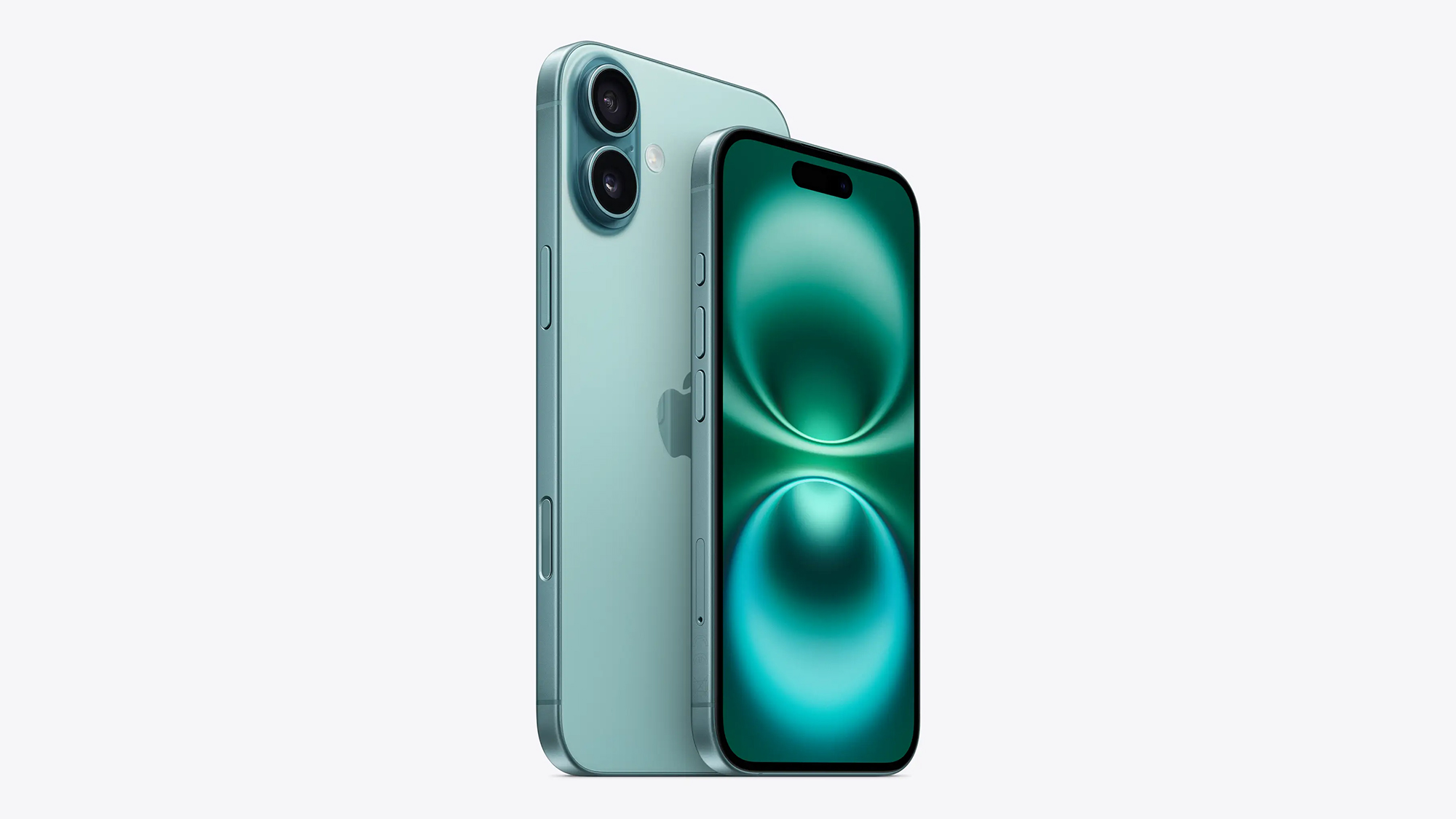
The iPhone 16 Plus (left) and iPhone 16 (right)
Specs: The iPhone 16 Plus gets the same A16-to-A18 processor jump over the iPhone 15 Plus as the standard model, with the 30% speed increase and improvements in graphics and AI. It also draws less power, which leads to better battery life overall.
The camera upgrade matches the standard iPhone 16 vs iPhone 15 improvement too, with 2.6x more light capture, macro photography, and Spatial Photo and Spatial Video captrue. There's no change to the 12MP selfie camera, while updated Wi-Fi 7 support takes over from Wi-Fi 6.
Design: The one big difference in the Plus is that it delivers a larger screen than the standard iPhone. Generation-on-generation that's still true, with little changed: it's a 6.7-inch, 2796 x 1290 pixel display that's virtually the same in the 16 Plus as it was in 15 Plus.
The Pink, Yellow, Green, and Blue colours become Ultramarine, Teal, (that new, darker) Pink, or White, with Black retained for this model. The sizes and IP68 ratings match, though the iPhone 16 Plus is just a little bit lighter.
As with the standard iPhone 16 (and, indeed all models in the new range), the iPhone 16 Plus gains a new Camera Capture button for easier access to various camera features, as well as the customisable Action button on the side.
Features: It's the same software story as the iPhone 16 vs iPhone 15 here, with the iPhone 15 Plus eligible for an iOS 18 update, but without Apple Intelligence. If you want to have text generation and notification summaries, you're going to need the newer model.
The other benefit of the Plus model is a larger battery capacity in addition to that bigger screen. Apple reckons the iPhone 16 Plus is good for 27 hours of local video playback between battery charges (up from 26 hours), and 24 hours of streamed video playback (up from 20 hours). Upgrading to the newer iPhone Plus model should therefore give you a slight battery life boost thanks to software enhancements.
- The iPhone 16 Plus costs from £899 / $899 / AU$1,599, while the iPhone 15 Plus was the very same equivalent at its launch. However, the older model is now on offer, so will now set you back £799 / $799 / AU$1,399 or less – as you can see from the shopping widget embedded above.
iPhone 16 Pro vs iPhone 15 Pro
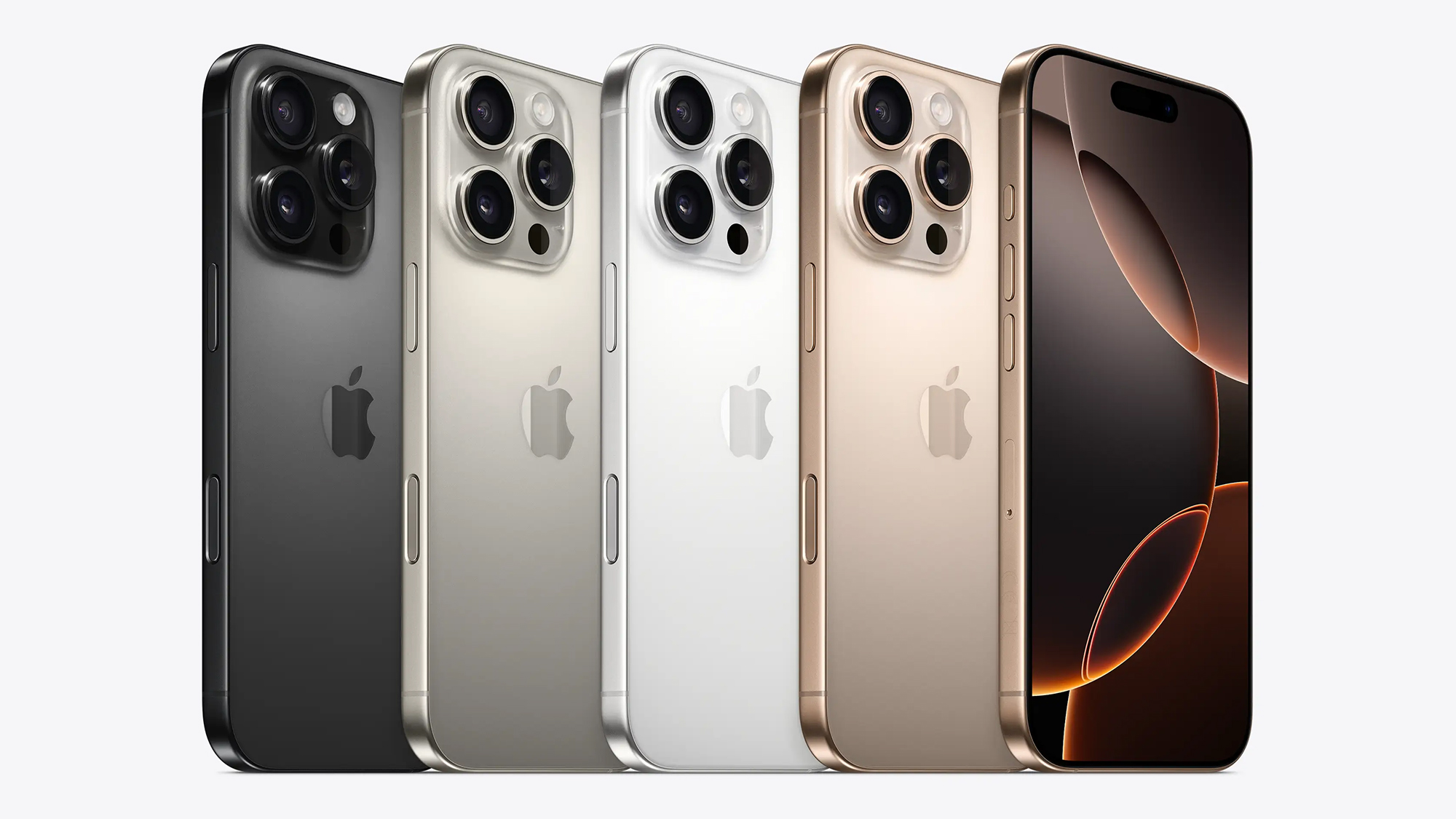
The iPhone 16 Pro
Specs: The internal chipset goes from the A17 Pro to the speedier A18 Pro – it's less of a jump than you get between the entry/Plus iPhone 16 and iPhone 15 models, but graphics get a 20% boost, and the improved power efficiency should help in terms of extra battery life.
There are three rear cameras, but the ultra-wide one jumps to 48MP from 12MP, while the optical zoom goes up to 5x from 3x. There's no change to the selfie camera around the front of the device. Meanwhile Wi-Fi 6E support is upgraded to the latest Wi-Fi 7 standard, as it is on all iPhone 16 models.
Design: The iPhone 16 Pro gets a bigger 6.3-inch, 2622 x 1206 pixel display, up from a 6.1-inch, 2556 x 1179 pixel display. The newer phone is also slightly bigger and heavier as a result. But most of that screen real estate is borne of bezel reduction rather than device size increase. There's the new Camera Capture button, as present across the full iPhone 16 range, while the IP68 rating is the same generation to generation.
There's only one change in the colour options: both models offer Natural Titanium, Black Titanium, and White Titanium, but the iPhone 16 Pro introduces a new Desert Titanium model, replacing the Blue Titanium we saw with the iPhone 15 Pro.
Features: Both these devices are capable of running iOS 18 and all the features on board, including the AI smarts under the Apple Intelligence branding. You just might find some of these new tools (like AI art generation) run a little faster on the iPhone 16 Pro – but we don't know just yet, as Apple Intelligence hasn't rolled out to market just yet.
We already mentioned battery life with the A18 Pro chip, and the iPhone 16 Pro can apparently last for 27 hours of local video playback and 22 hours of streamed video playback between charges. That compares to 23 hours and 20 hours respectively for the iPhone 15 Pro, so there's a purported big jump in the newer model owed to that new processor and new software tweaks.
- You can get the iPhone 16 Pro from £999 / $999 / AU$1,799, which is the very same price as the iPhone 15 Pro was at launch. It's good to see no 'hidden tax' in the new model, but if you do want to save some extra then, as you can see in the shopping widget above, the older model is now on offer.
iPhone 16 Pro Max vs iPhone 15 Pro Max

The iPhone 16 Pro Max
With the cameras, the selfie camera is the same, but thes three rear cameras now include a 48MP ultra-wide camera (up from 12MP), though optical zoom stays at the same 5x level as on the iPhone 15 Pro Max. Then for Wi-Fi, the newer Wi-Fi 7 standard replaces Wi-Fi 6E.
With the cameras, the selfie camera is the same, but the iPhone 16 Pro Max's three rear cameras now include a 48MP ultra-wide camera (up from 12MP), though optical zoom stays at the same 5x level as on the iPhone 15 Pro Max. Then for Wi-Fi, the newer Wi-Fi 7 standard replaces Wi-Fi 6E.
Design: As with the smaller Pro, there's a slight size and weight increase, with the 6.7-inch, 2796 x 1290 pixel screen of the iPhone 15 Pro Max giving way for a larger 6.9-inch, 2868 x 1320 pixel one in the iPhone 16 Pro Max. That's largely thanks to more trim bezels, though, rather than a significant upscaling in design.
There's the new Camera Capture present and correct for the newer model, while the IP68 rating is the same on both of these phones. The colour options are the same as on the Pro models: Desert Titanium replaces Blue Titanium, to go alongside the Natural Titanium, Black Titanium, and White Titanium choices available in both current and last-gen devices.
Features: You're not going to have any trouble getting iOS 18 or Apple Intelligence to run on either the iPhone 16 Pro Max or the iPhone 15 Pro Max, though again you might notice slightly better performance in the AI processing on the newer 2024 iPhone model.
When it comes to battery life, you're looking at up to 33 hours of local video playback and up to 29 hours of streamed video playback between charges on the iPhone 16 Pro Max. That compares with 29 hours and 25 hours respectively on the iPhone 15 Pro Max model, so Apple thinks this new processor and updated software combination should be very kind to your battery life indeed.
- The iPhone 16 Pro Max costs from £1,199 / $1,199 / AU$2,149, while the iPhone 15 Pro Max is no longer officially sold by Apple. However, as you can see in the shopping widget above, third-parties are still selling this product – and at a discount (from its otherwise original like-for-like price).
Dave has over 20 years' experience in the tech journalism industry, covering hardware and software across mobile, computing, smart home, home entertainment, wearables, gaming and the web – you can find his writing online, in print, and even in the occasional scientific paper, across major tech titles like T3, TechRadar, Gizmodo and Wired. Outside of work, he enjoys long walks in the countryside, skiing down mountains, watching football matches (as long as his team is winning) and keeping up with the latest movies.
-
 3 best PS5 games you've probably never heard of
3 best PS5 games you've probably never heard ofItching for something new to play on your PS5? Don’t let any of these escape your attention for any longer
By Matt Tate
-
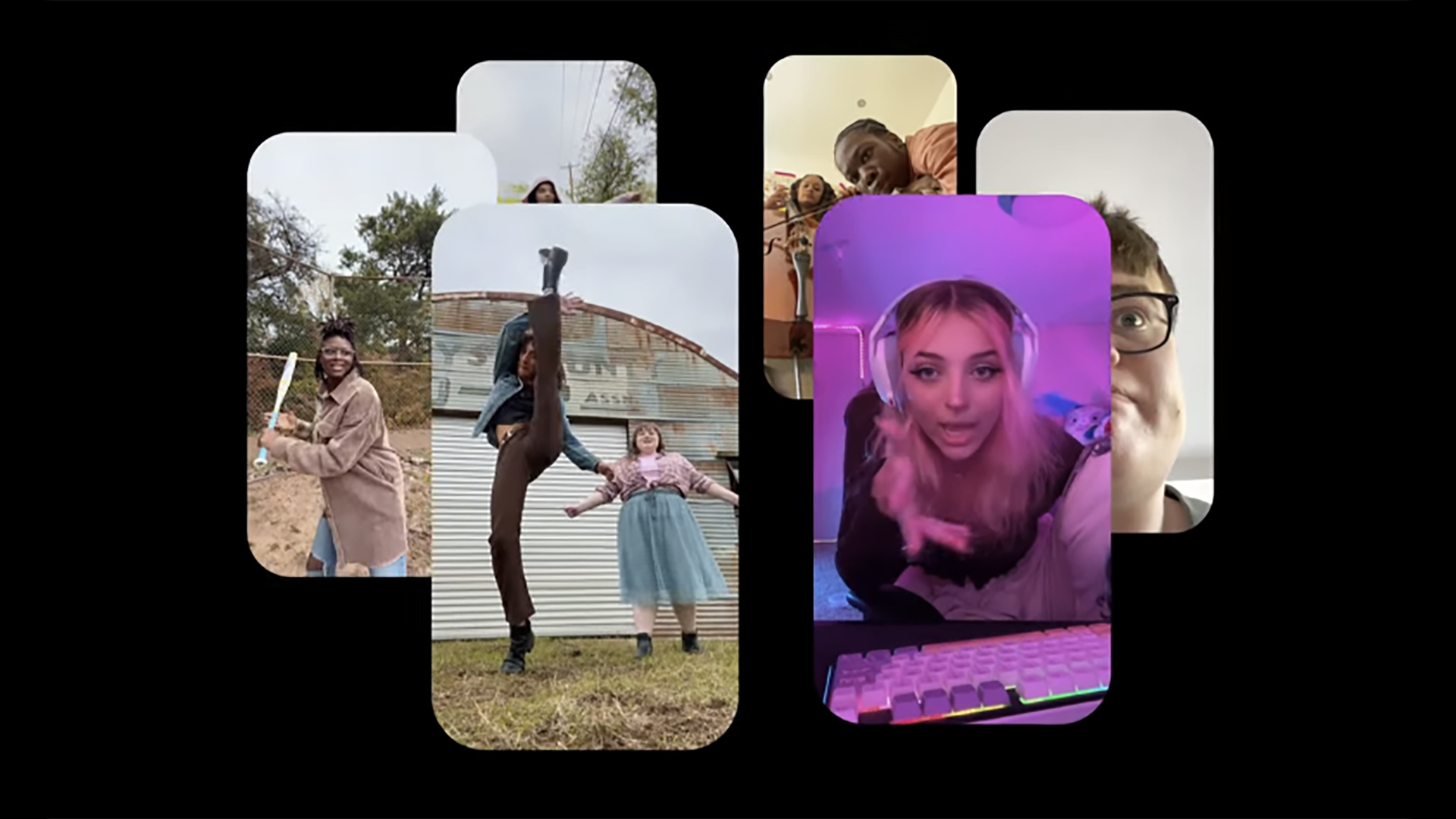 Instagram Edits is now available for iOS and Android, free and can do cool stuff – but what is it?
Instagram Edits is now available for iOS and Android, free and can do cool stuff – but what is it?Here's everything you need to know about Instagram Edits and how to sign up
By Britta O'Boyle
-
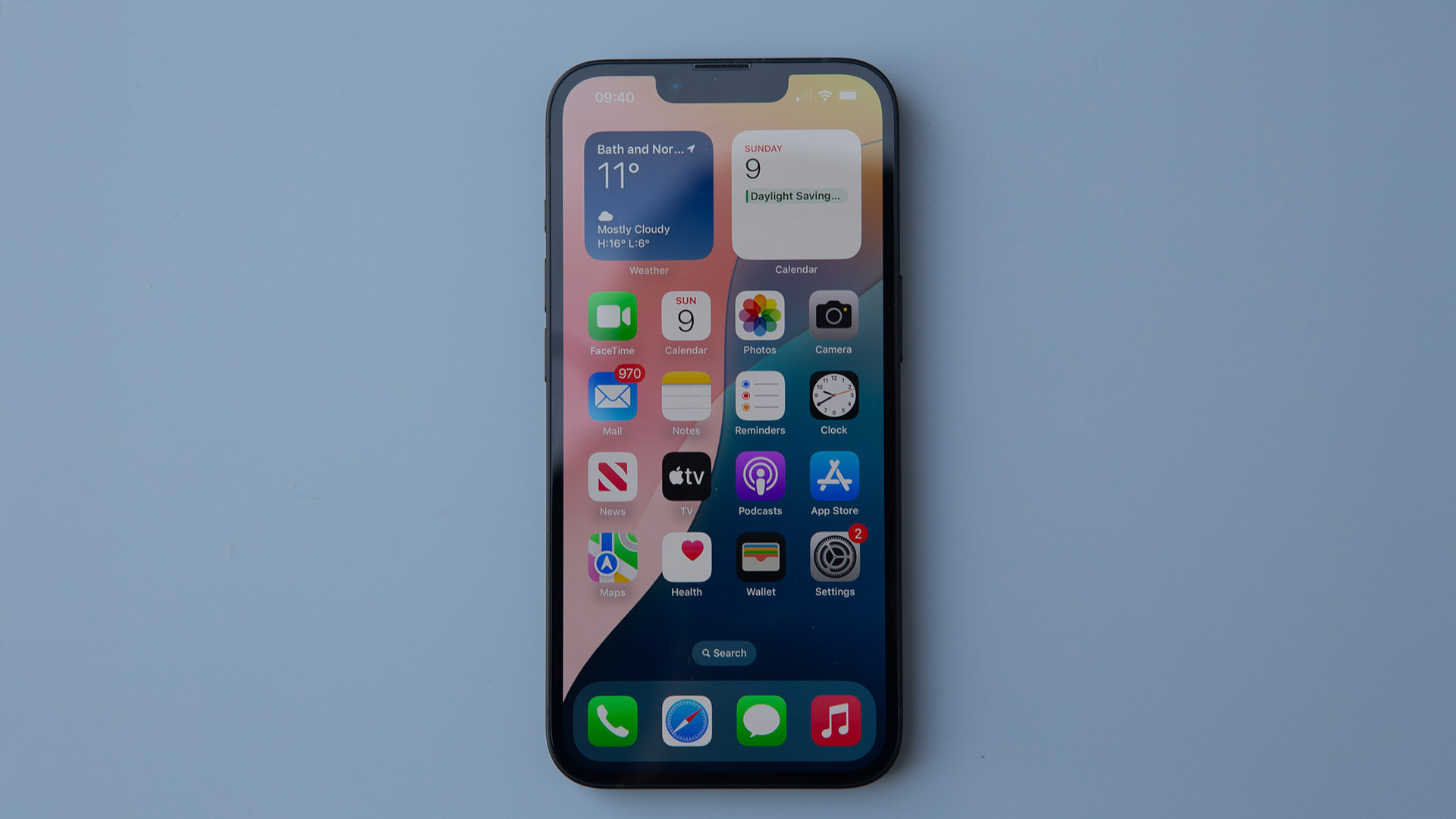 Apple reportedly preparing the iPhone 17e already
Apple reportedly preparing the iPhone 17e alreadyBut it sounds like an odd launch window
By Sam Cross
-
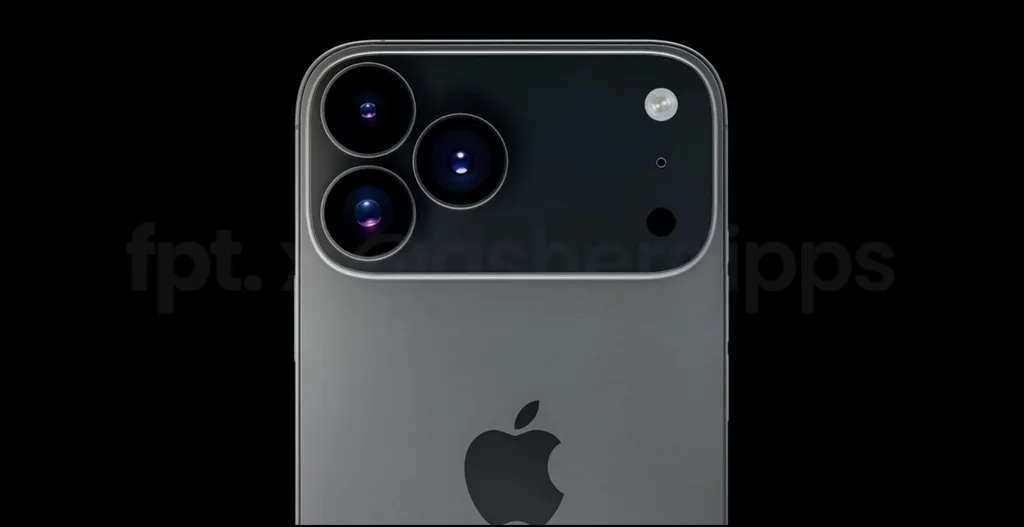 iPhone 17 Pro case leak shows Apple really is about to make a huge design swerve
iPhone 17 Pro case leak shows Apple really is about to make a huge design swerveThis is going to alienate some users
By Sam Cross
-
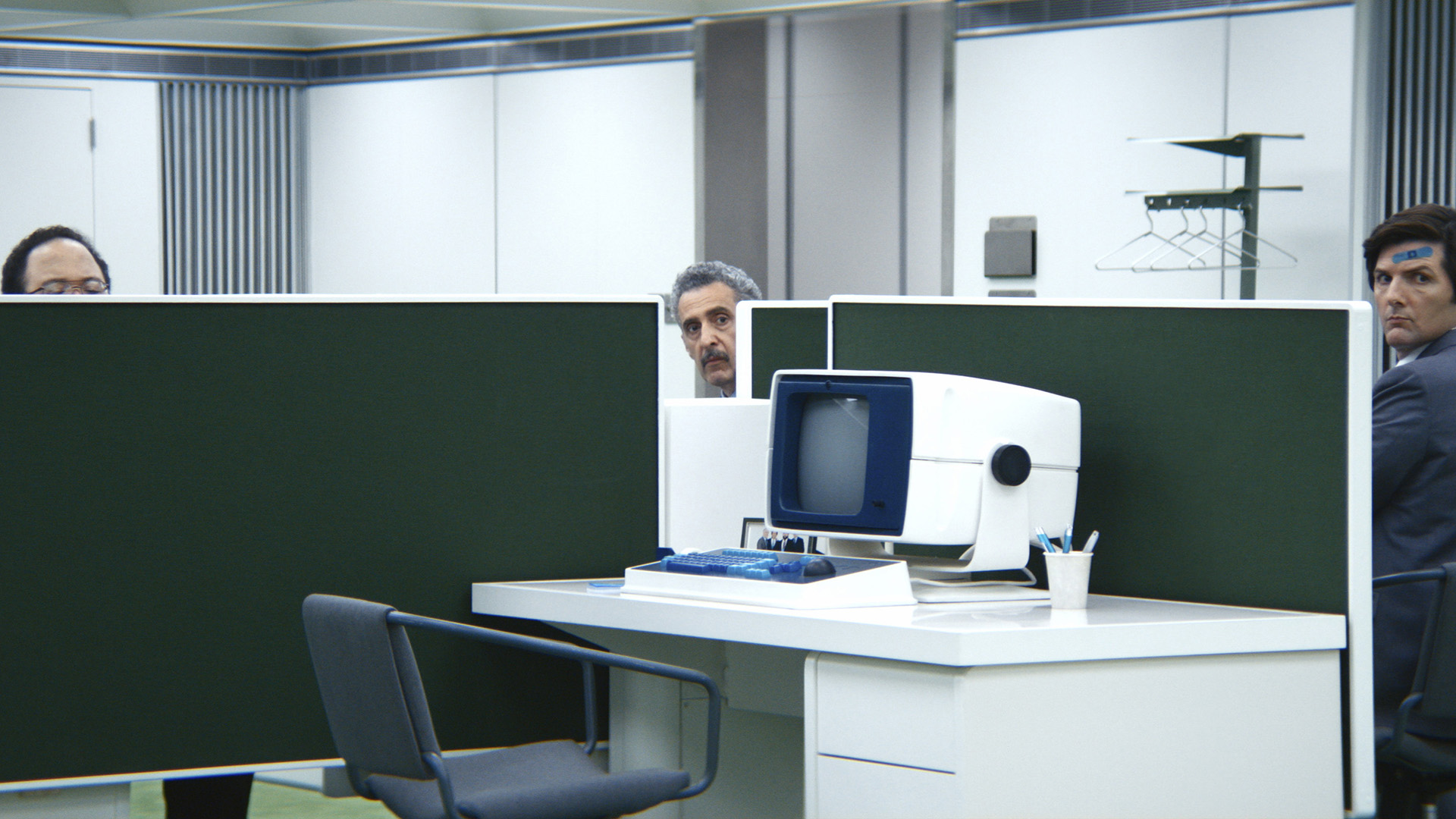 Apple's Severance computer may have been a joke, but the keyboard is coming for real
Apple's Severance computer may have been a joke, but the keyboard is coming for realTell us where we can sign up!
By Britta O'Boyle
-
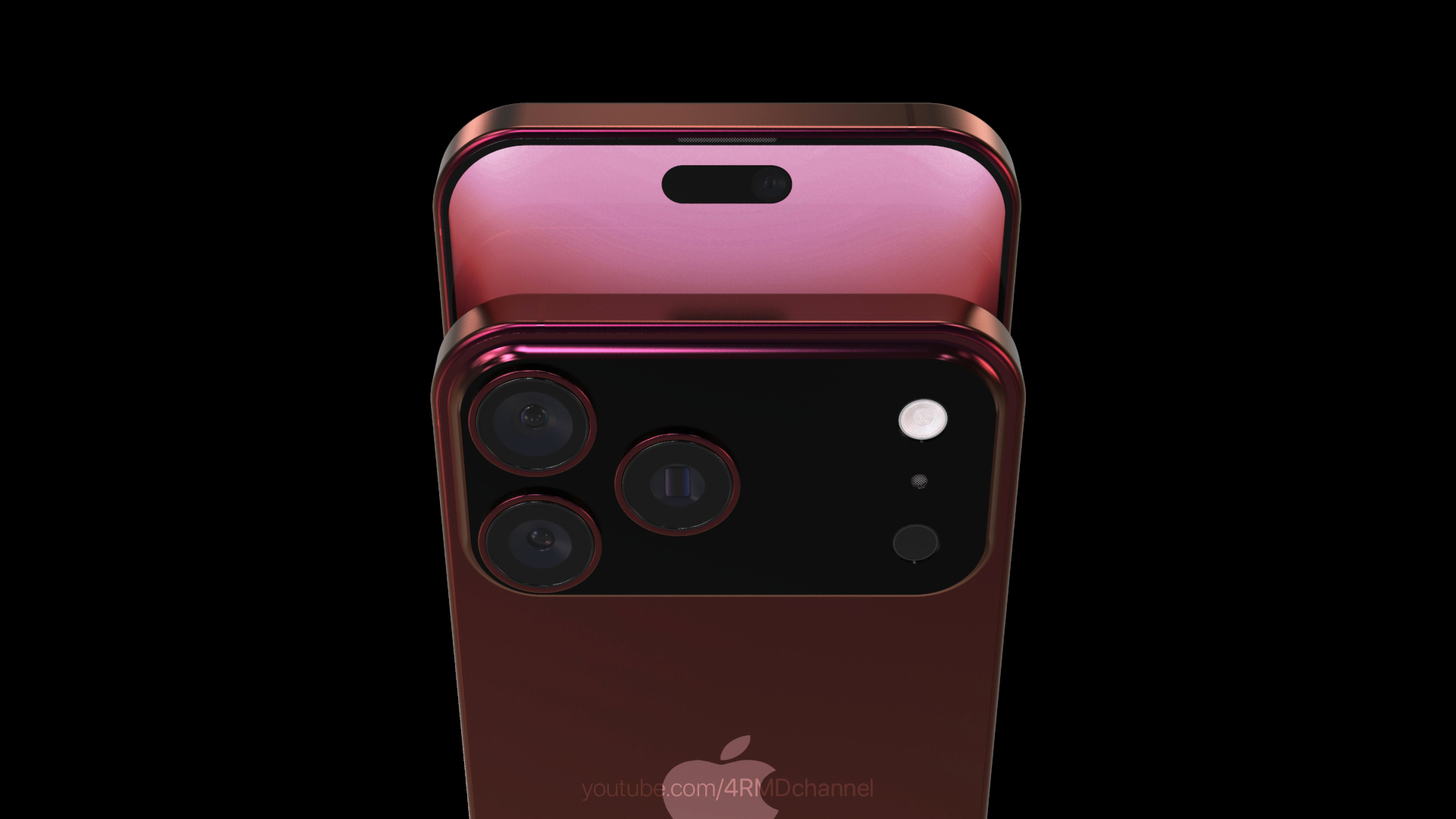 New iPhone 17 Pro Max renders give us the best look yet at the flagship phone
New iPhone 17 Pro Max renders give us the best look yet at the flagship phoneThis is going to cause a stir
By Sam Cross
-
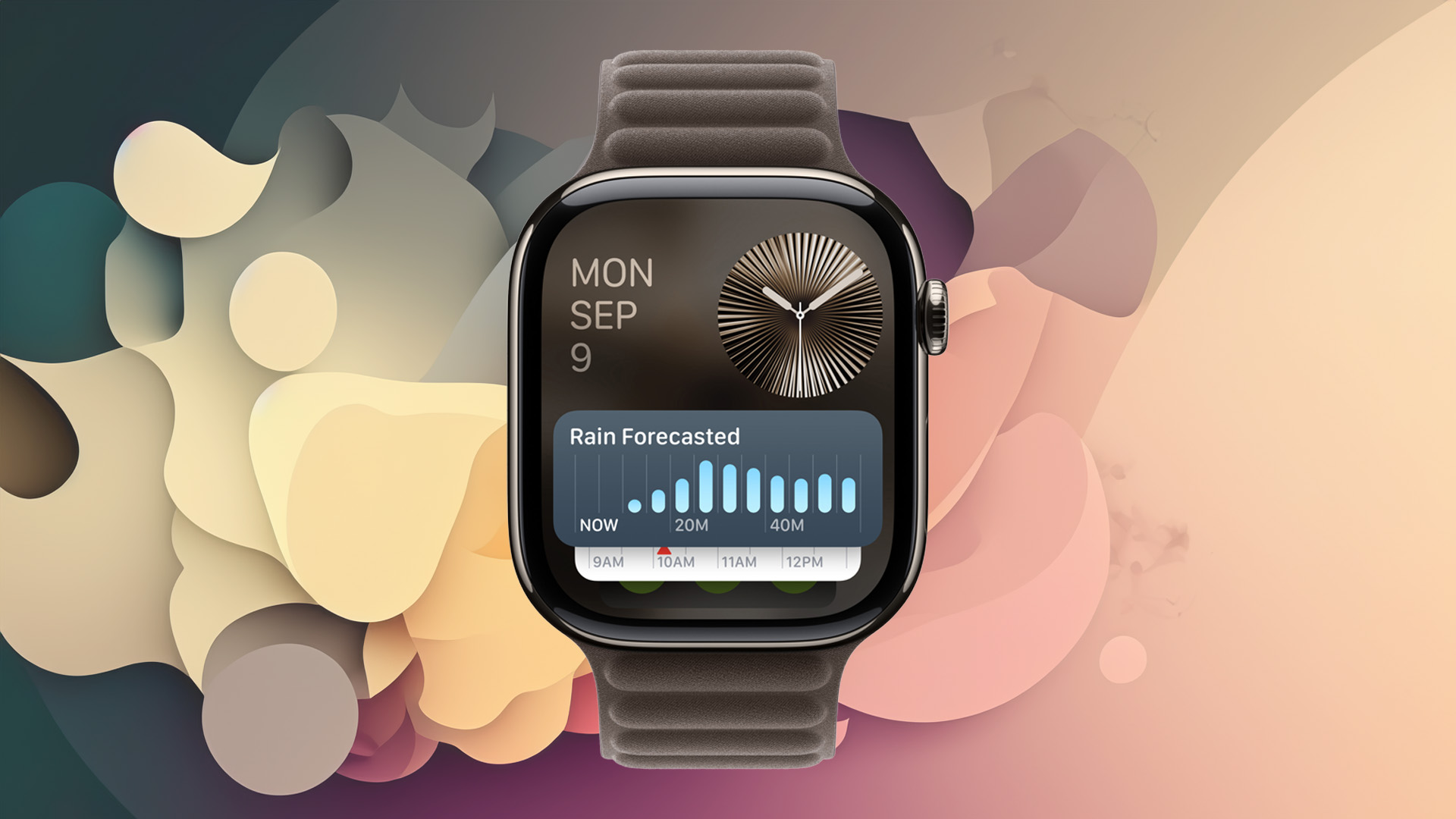 Apple Watch is set to get Apple Intelligence this year, but only with a little help from a friend
Apple Watch is set to get Apple Intelligence this year, but only with a little help from a friendBring on watchOS 12
By Britta O'Boyle
-
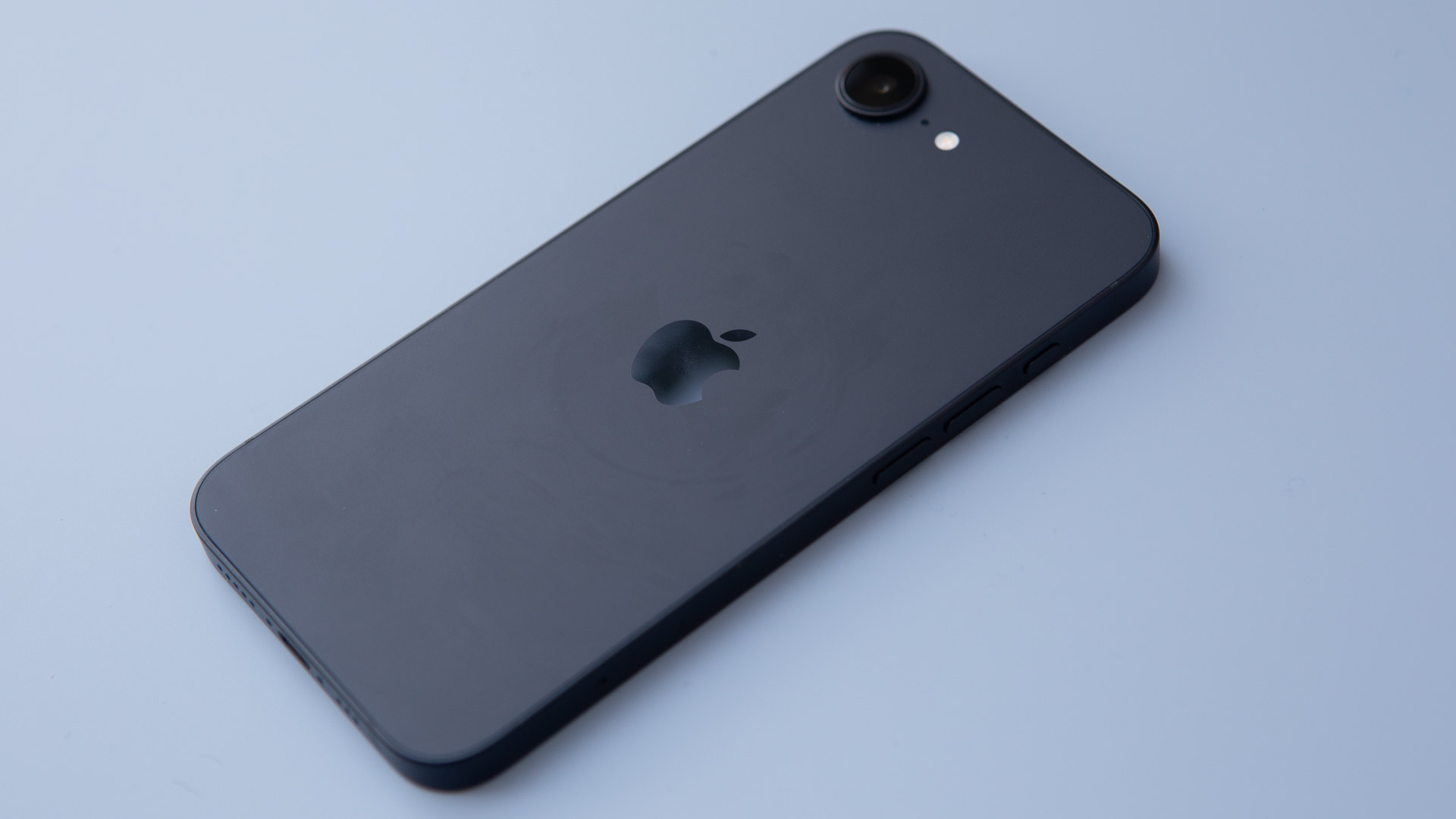 Apple's iPhone just did something it never has before
Apple's iPhone just did something it never has beforeThis is an unprecedented event for the iPhone
By Sam Cross
-
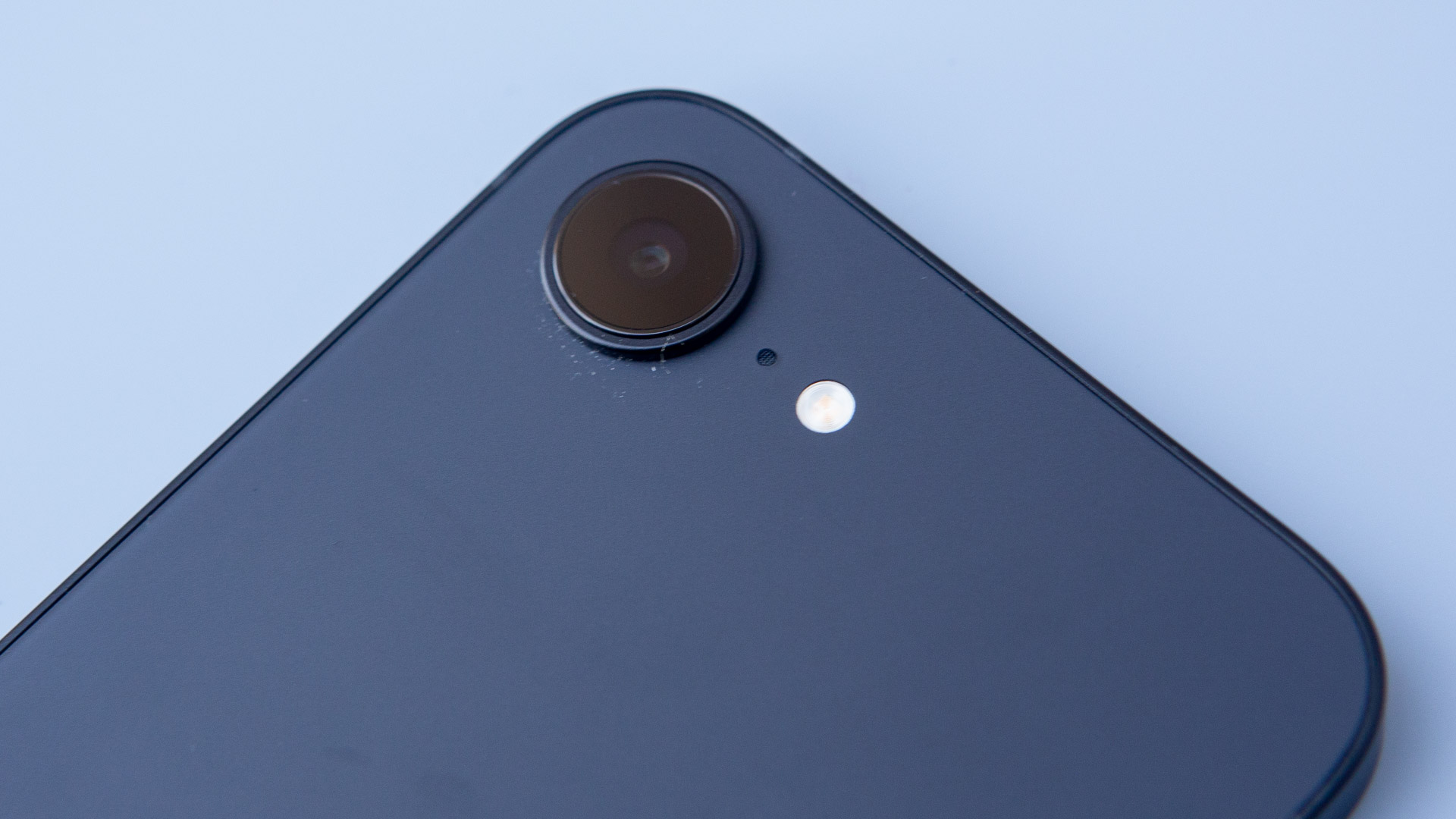 Leaked iPhone Fold pricing suggests it will be fighting an uphill battle from the start
Leaked iPhone Fold pricing suggests it will be fighting an uphill battle from the startIt looks set to be the most expensive foldable phone
By Sam Cross
-
 iPad reportedly getting major makeover and your current model could benefit too
iPad reportedly getting major makeover and your current model could benefit tooApple is said to be making a change that iPad power users have been wanting for years
By Carrie Marshall